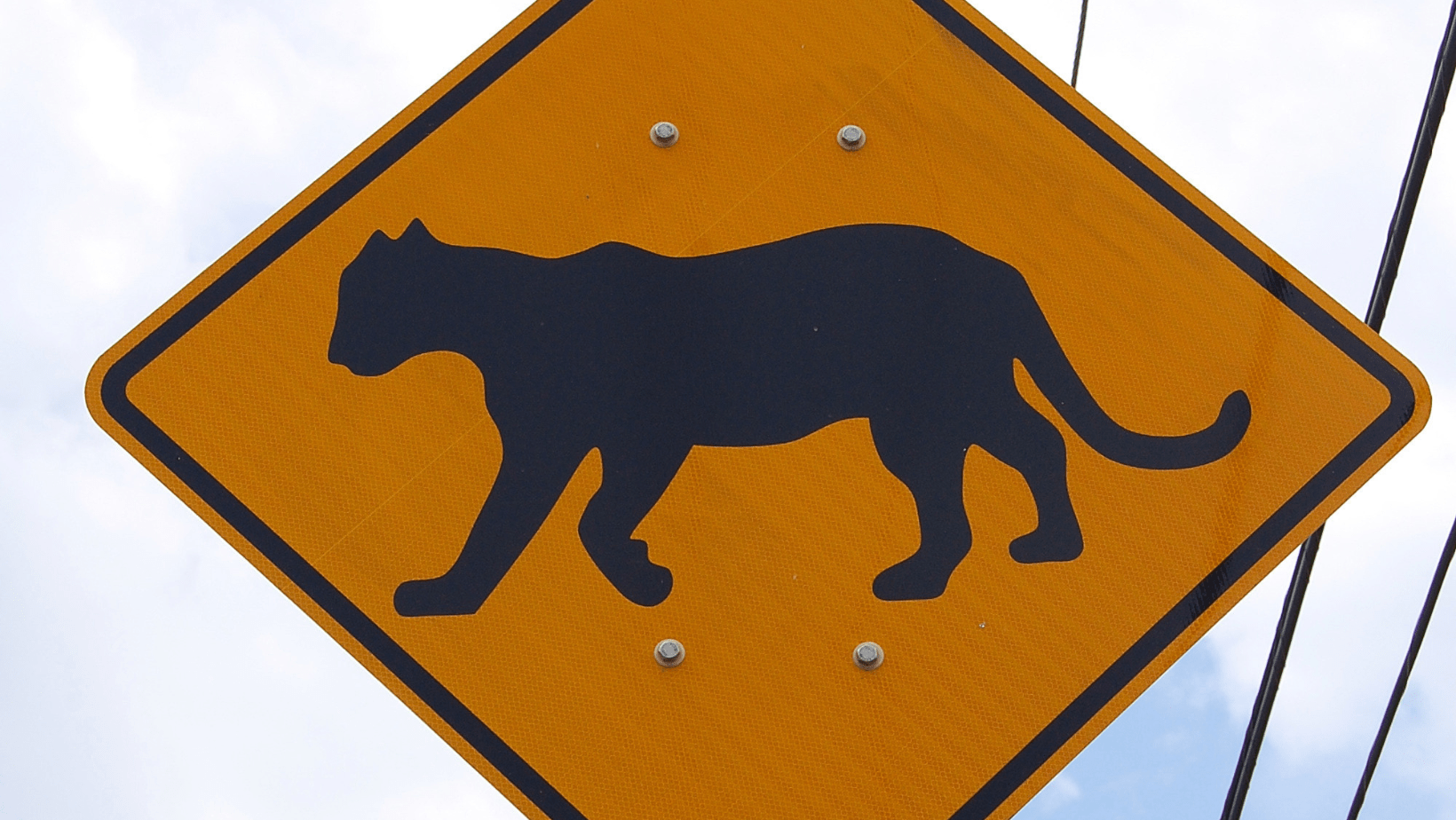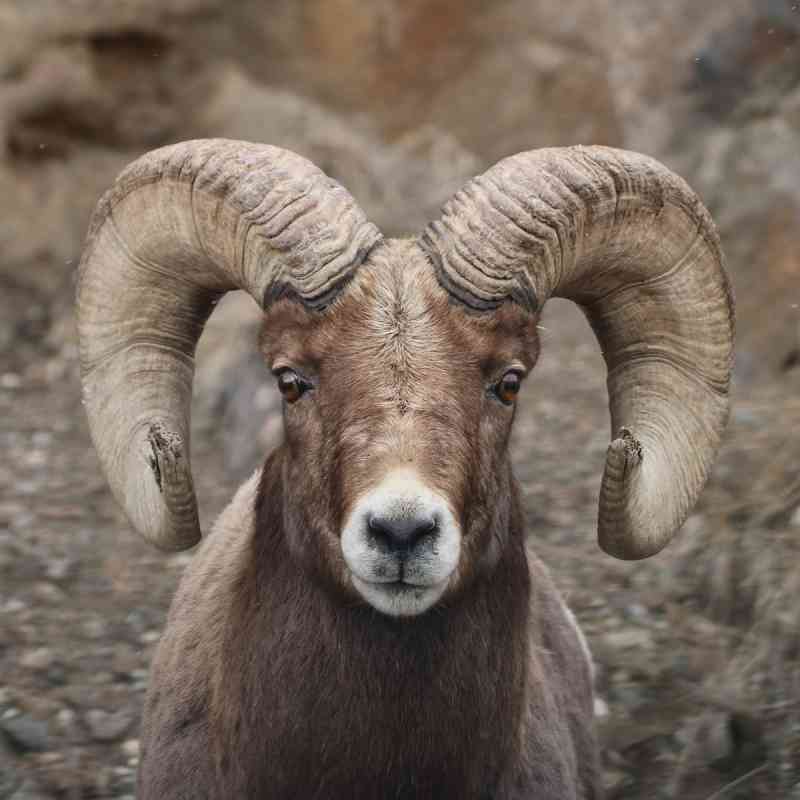Roads can be dangerous places for cats of all sizes, from small, domestic cats to larger, wild cats like panthers and ocelots. Vehicle strikes can kill even the stealthiest and quickest of cats. Fortunately, wildlife crossings are one of the most effective ways to create a safe passage for species to move across landscapes that include roadways.
Wildlife crossings are specific features that provide safe pathways for animals across barriers in their habitats. There are a variety of types of crossing. Some are recognizable as overpasses covered with native vegetation, while others are built into the landscape as culverts, cattle grates and fencing. Wildlife can also use natural landscapes, such as streams or ravines, to travel across the landscape safely. Certain species have preferences for the type of wildlife crossings they use so developing a variety of different connectivity options is key to securing safe movement to avoid vehicular impacts.
In the Appalachian Mountains, bobcats — as well as black bears, elk, deer and many more species — use wildlife crossings that Defenders and our partners are working to create in partnership with state agencies. As part of the Safe Passage Coalition, we are actively working to install five wildlife crossings within 20 priority areas, along I-40 near the Great Smoky Mountains.
In Florida over the last decade, vehicle strikes were responsible for over 80% of Florida panther deaths. Throughout the state, there are about 250 dedicated wildlife crossings, 70 of which overlap with Florida panther habitat. Defenders’ advocacy efforts play a critical role in the state. As a member of the federal Florida Panther Recovery Team, we help identify dangerous road segments to help prioritize wildlife crossings. We have long advocated for securing expanded safe habitat space for Florida panthers, including the newly established Everglades to Gulf Conservation Area.
Like Florida panthers, vehicular strikes are the leading cause of death for ocelots in the United States. These unique cats prefer habitats with dense vegetation, which helps to camouflage the cat from both predators and prey. Unfortunately, that camouflage also makes it difficult for oncoming traffic to see a cat planning a dash across a road. Within Laguna Atascosa National Wildlife Refuge in Southern Texas, ocelots have proven they will use a wildlife crossing when one is provided.
Defenders is currently assisting with the planning and construction phase for numerous wildlife crossings in New Mexico. We are helping the state determine priority projects for wildlife crossings on major roadways using wildlife-vehicle collision hotspot data and ecological models. We expect mountain lions, bighorn sheep, elk, deer, pronghorn, black bears and even wolves to benefit from these projects. And there could be more species! As jaguars continue to reinhabit their historic lands and move upwards into New Mexico, it’s possible these crossings could be utilized by this elusive species. Within Arizona and New Mexico, efforts to make Interstate 10 safer for wildlife to cross could help bolster and protect jaguar and ocelot populations.
In addition to protecting animals from injury or death by vehicles, wildlife crossings connect habitats. By allowing wildlife to move from one region to another, species can increase their genetic diversity, maintain proper population levels through predation and avoid intraspecies conflict for mates or territory. As more wildlife return to their historic ranges, and climate change and human development affect survivable existing habitats, the need for safe passage through wildlife movement corridors becomes more critical for the long-term survival and continuation of species.
You can help stop animal deaths and vehicular damage with these simple tips:
- Drive safe – Use extra caution during dusk and dawn because this is when many species are most active.
- Slow down – Driving slower will give you better reaction time if you spot wildlife on or near the road. If you do see an animal, safely slow or stop your car to allow it to cross. Always check for more individuals before continuing the journey.
- Watch out – Look out for animal road crossing signs because they indicate high wildlife trafficked areas.
- Eyeball it –At night, look for an animal’s eyeshine where lights are reflected. Also, if you don’t see the road lines, this may be an animal blocking the line’s reflection.
- Speak out – Let your government representatives know you want them to prioritize funding for wildlife crossings.
- Support – Consider supporting nonprofits like Defenders that advocate for wildlife corridor planning and crossing development.
Author
Danielle Mowat
Danielle has always had a passion for advocating for animals and education. Prior to working at Defenders, she was an Auditor at an animal welfare
comments
Wildlife & Wild Places










